Reviewed by: Kristine Stein, BS Biology, MS Herbal Medicine & Nutrition, BCIA Certified Neurofeedback Clinician. Naturopathic practitioner at Total Health Nutrition Center, a natural health clinic in Wisconsin that utilizes nutrition and naturopathic protocols.

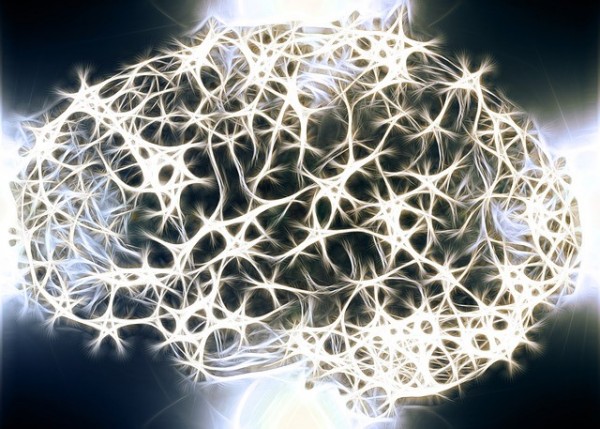 Neurofeedback, also referred to as EEG feedback or Neurotherapy, literally means “brain” and “input,” where the brain is monitored and input is given instantly.” (Clear Mind Center, 2017). It is used to improve brainwave activity. Neurofeedback examines brainwaves, it finds the abnormalities, and then creates a signal to fix the abnormality and send the brainwave back to normal patterns. After many neurofeedback sessions, the brain will be trained to stay within normal, healthy patterns without the help of a computer. This can reduce or even eliminate neurological symptoms.
Neurofeedback, also referred to as EEG feedback or Neurotherapy, literally means “brain” and “input,” where the brain is monitored and input is given instantly.” (Clear Mind Center, 2017). It is used to improve brainwave activity. Neurofeedback examines brainwaves, it finds the abnormalities, and then creates a signal to fix the abnormality and send the brainwave back to normal patterns. After many neurofeedback sessions, the brain will be trained to stay within normal, healthy patterns without the help of a computer. This can reduce or even eliminate neurological symptoms.
Researchers have known for decades the connection between neurological conditions and abnormal brainwaves. Neurofeedback is the only treatment that directly focuses on fixing irregular brainwaves, returning them to healthy patterns.
"Neurofeedback has been an effective method for correcting brainwave imbalances at our clinic. As a pain-free, non-invasive, and medicine-free training technique, we have been able to safely help people with ADHD, anxiety, depression, traumatic brain injuries, and memory, just to name a few." - Kristine Stein, BS Biology, MS Herbal Medicine & Nutrition, BCIA Certified Neurofeedback Clinician. Naturopathic practitioner at Total Health Nutrition Center, a natural health clinic in Wisconsin that utilizes nutrition and naturopathic protocols
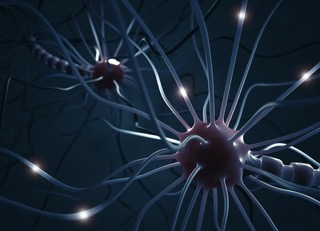 Biofeedback is a general term to describe just about any type of feedback training that uses medical equipment to monitor body functions. Biofeedback gains information through monitoring skin temperature, blood pressure, heart rate, brain waves and other body conditions. Types of biofeedback include; heart rate variability, muscular and neurological (neurofeedback). Examples of biofeedback include: a thermometer, a blood pressure cuff and a PET scan.
Biofeedback is a general term to describe just about any type of feedback training that uses medical equipment to monitor body functions. Biofeedback gains information through monitoring skin temperature, blood pressure, heart rate, brain waves and other body conditions. Types of biofeedback include; heart rate variability, muscular and neurological (neurofeedback). Examples of biofeedback include: a thermometer, a blood pressure cuff and a PET scan.
Neurofeedback is a type of Biofeedback that deals specifically with brainwave readings, treating neurological conditions. Neurofeedback is far beyond traditional biofeedback as the space shuttle is beyond the first airplane. (Minnesota Neuro Training Institute) Neurofeedback gives people the opportunity to develop skills that would normally take 20 years through traditional approaches.
Once the sensors are in place, you will usually have options on what audio or video you would like to listen to. Let’s say you will be watching a computer animation. As you are watching it, when the brain waves create normal patterns you will be rewarded with the animation moving and the sound playing. This works by the sensors picking up brain wave signals from the scalp, the computer receiving the cues from the sensors, and then transforming the images on the screen and tones. It is a pain-free treatment. The sensors do not shock the brain, create electricity, read thoughts, or anything of that nature.
Another example of this is if there is video playing and it pauses or dims the brain fixes it when it senses the change. The brain will subconsciously modify itself back to healthy brainwave patterns. Gradually the brain learns to stay within the healthy patterns. Neurofeedback works through the subconscious mind, so the patient doesn’t feel a thing.
Neurofeedback checks the percentage of brain waves in specific areas of the brain and examines how the brainwaves are working together. Your brainwaves can be out of alignment; the same way your vehicle can hit a pothole and be out of alignment and not function correctly. (Psychology Today, 2014) Neurofeedback provides physical training for the brain to get brainwaves back into alignment.
Types of Brainwaves
We have four primary brainwaves; Alpha, Beta, Delta, and Theta. Their job is to regulate the active and subconscious aspects of the body. All four are equally important to your health and well-being.
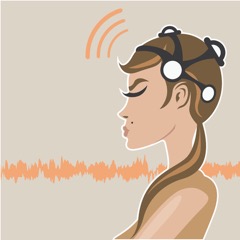 Delta Brainwaves occur when you are in deep, dreamless sleep. They are responsible for healing the body from injury or illness. Delta is also the source of empathy.
Delta Brainwaves occur when you are in deep, dreamless sleep. They are responsible for healing the body from injury or illness. Delta is also the source of empathy.- Theta Brainwaves are dominant when your subconscious takes over when falling asleep, waking up, or meditating. They occur in the twilight like state when you are getting in touch with your intuition and accessing unconscious information. Theta brainwaves help with both learning and memory.
- Alpha Brainwaves take over when you are awake, relaxed, and not processing a lot of information. Alpha help with the coordination of calmness, awareness, and the integration of mind and body activity.
- Beta Brainwaves are the ones people use during the day. Beta is used when solving problems, making judgments and decisions, and engaging in productive mental activities.
Most people notice changes in just a few sessions. The practitioner should be able to provide graph results of each session showing a visual reference of improvement. But, the improvements won’t last if the patient stops before the training is considered complete. If you are below the age of 60, it is unlikely you will need any additional sessions later on in life. People over the age of 60 may need a few more sessions once or twice a year.
Neurofeedback finds the actual cause of the neurological disorder. Take anxiety for example, it is just a symptom of the actual problem, not the problem itself. Neurofeedback will pinpoint what brainwaves are out of alignment or under or over-activated and fix the problem. The cause of anxiety could be too much high-frequency brainwave activity. Using a substance or behavior to change this behavior is only a temporary fix. Neurofeedback is a natural solution, and could possibly be a permanent solution.
How we experience the world is a result of our positive and negative brainwave activity. Neurofeedback can improve how we think, feel, and behave.
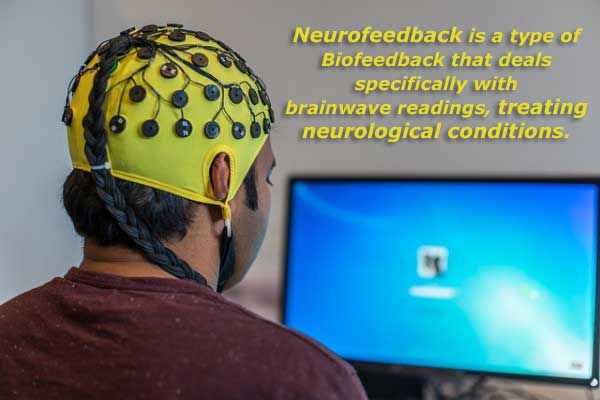 Neurological Conditions Include: Attention-deficit disorder, Addiction, Anxiety, Autism, Brain Injury, Concussion, Chronic Pain in General, Depression, Drug Addiction, Epilepsy, Fibromyalgia, Insomnia, Learning Disabilities, Migraines, Movement Disorders, Obsessive Compulsive Disorder, Parkinson Disease, Seizures, Sleep Disorders, Stress, Strokes, Traumatic Brain Injuries and more.
Neurological Conditions Include: Attention-deficit disorder, Addiction, Anxiety, Autism, Brain Injury, Concussion, Chronic Pain in General, Depression, Drug Addiction, Epilepsy, Fibromyalgia, Insomnia, Learning Disabilities, Migraines, Movement Disorders, Obsessive Compulsive Disorder, Parkinson Disease, Seizures, Sleep Disorders, Stress, Strokes, Traumatic Brain Injuries and more.
Neurofeedback can also help with aggressive behaviors, concentration, emotional imbalances, energy levels, motor skills, short-term memory, sleep and speech.
View About Neurofeedback to read more about how it helps with specific conditions.
However, it can still have side effects. But, side effects are rare and usually minimal. It all comes down to having a trusted practitioner with the proper training and proper equipment. Since each session has such small improvements in brainwave activity, problems can be found and corrected right away before they become bigger issues. Side effects, for the most part, are not considered dangerous and will eventually subside. Just make sure you notify your practitioner right away.
Some reported side effects include; fatigue, brain fog, dizziness, head pressure, tiredness and low energy. With any treatment it’s important to consider the benefits in comparison to the side effects. If there are too many side effects with no results, then it won’t make sense to continue with neurofeedback. But, if the benefits outweigh the side effects, it may be beneficial to continue.
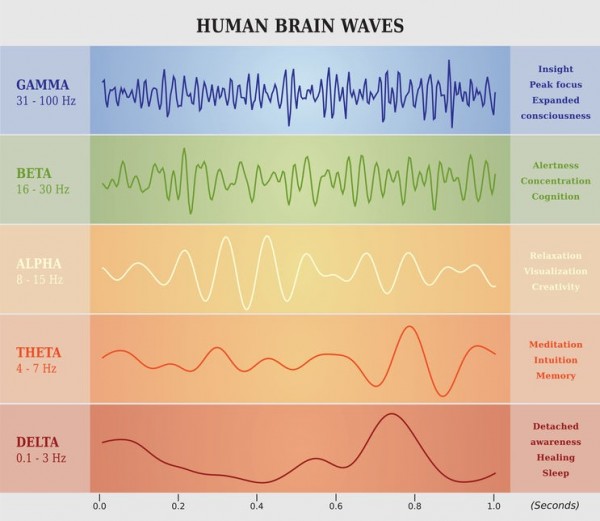 www.isnr.org
www.isnr.org
www.aapb.org
www.bcia.org
http://eeginfo.com/member/directory.do
http://certify.bcia.org/4dcgi/resctr/search.html
How to Choose the Right Practitioner
Make sure you are working with a practitioner with many years of experience and success with neurofeedback. You should also make sure that they complete an QEEG assessment prior to neurofeedback training. The QEEG maps out the brain to identify regions not working properly. With a QEEG the practitioner is targeting particular abnormalities rather than guessing what is wrong. This will also help to eliminate the chance of side effects. The practitioner will make sure to target areas of the brain that are less risky and known to produce positive results. A well trained practitioner will also make sure the sensors are placed in the proper locations.
History of Brain Function
The concept that brain function involves waves of electrical pulses was discovered by the German psychiatrist Hans Berger. In 1924, while working as the Director at Jena Psychiatric University Clinic, he completed the first successful biofeedback of electrical brain activity. He published a series of articles about it between 1929 and 1938 showing brainwaves were caused by the activity of brain neurons and they could be recorded and measured.
History of Neurofeedback
Neurofeedback stems from the research done by Dr. Joe Kamiya and Dr. Barry Sterman in the 1960s. Kamiya’s research explored how alpha wave activity played a role in consciousness at the University of Chicago. Around the same time, Sterman researched brain activity during sleep at UCLA and the Veteran’s Administration Hospital in Sepulveda, California.
Scientific Evidence
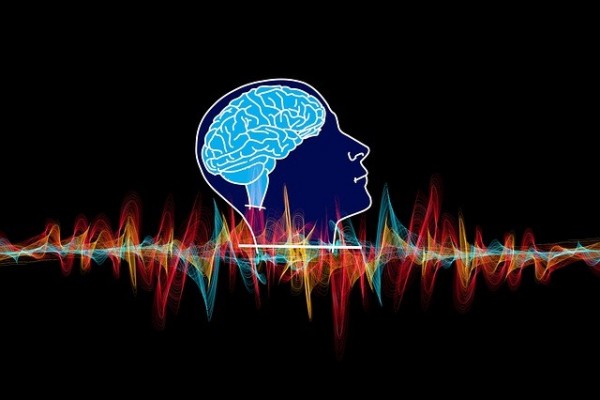 There has been over 1,000 studies published proving the effectiveness of neurofeedback along with biofeedback. Early animal research has been validated since the 1970’s in many peer-reviewed journals. These journals show that brainwaves have improved and reduced seizures with neurofeedback. Sterman and other researchers at UCLA found that cats trained to produce a brainwave frequency of 12 to 15 Hz were more resistant to chemically induced seizures than cats which had not been trained. (Minnesota Neuro Training Institute) When tested on people, it showed a decrease in seizure activity after their brains were trained to produce more of a specific brainwave. The people not only were able to control seizures internally, but many also saw improvements in their school work or job performance. This was an exciting, innovative, and revolutionary concept!
There has been over 1,000 studies published proving the effectiveness of neurofeedback along with biofeedback. Early animal research has been validated since the 1970’s in many peer-reviewed journals. These journals show that brainwaves have improved and reduced seizures with neurofeedback. Sterman and other researchers at UCLA found that cats trained to produce a brainwave frequency of 12 to 15 Hz were more resistant to chemically induced seizures than cats which had not been trained. (Minnesota Neuro Training Institute) When tested on people, it showed a decrease in seizure activity after their brains were trained to produce more of a specific brainwave. The people not only were able to control seizures internally, but many also saw improvements in their school work or job performance. This was an exciting, innovative, and revolutionary concept!
There have been many more successful research studies done since that time for various neurological disorders. Research has been validated on people of all ages and is grounded in the most ancient understanding of human growth and development. Over the years, NASA has used neurofeedback in training programs to improve a pilot’s ability to concentrate even in highly stressful situations. (Chicago Mind Solutions)
Clear Mind Center/What is Neurofeedback?/Common Questions. Retrieved from:
http://www.clearmindcenter.com/what-is-neurofeedback/
Advance Health and Performance Institute/Biofeedback vs Neurofeedback What is the Difference? (2016 October 3rd). Retrieved from:
http://www.ahpinstitute.com/biofeedback-vs-neurofeedback-difference/
Stoler Ed.D., Diane Roberts. (2014 October 4th) Psychology Today/What is Neurofeedback. Retrieved from:
https://www.psychologytoday.com/blog/the-resilient-brain/201410/what-is-neurofeedback
Mental Health Daily/Neurofeedback Side Effects, Adverse Reactions, & Dangers. Retrieved from:
http://mentalhealthdaily.com/2015/07/05/neurofeedback-side-effects-adverse-reactions-dangers/
Minnesota Neuro Training Institute/A Brief History of Neurofeedback. Retrieved from:
http://www.neurofeedback-institute.com/articles-item.php?id=5
Goldstein Ph.D., Ari. (2016 May 24th). Chicago Mind Solutions/The History of Neurofeedback. Retrieved from:
http://chicagomindsolutions.com/neurofeedback-history/
Neurotherapy Center of Houston/What to Expect During Your Visit. Retrieved from:
https://www.nchouston.org/neurofeedback/what-to-expect-during-your-visit/
